|
I have had my Secrets of Organ Playing channel on YouTube since July 2009 but started monetising it only since April 2015 with ads. Earlier the conditions to be admitted into YouTube Partner program were lower but recently the rules have changed and now one has to reach valid 4000 watch hours in the last 12 months and 1000 subscribers and have a linked AdSense account, among other requirements. YouTube transfers money earned into your bank account when it reaches a certain amount, for me - 70 EUR. I passed the requirements in April 2015 and slowly began growing my channel views and revenue. The general rule is more views = more revenue (but not always): Since for a long time my average revenue from YouTube has been only between $10-15 USD per month, I wouldn't put much thought into it. With this much revenue I would only get transfers every 5-6 months. Now I'm a rather heavy youtuber, daily uploading videos and sharing them with my subscribers. But I wasn't always like that. For years my upload frequency was sporadic - sometimes just a few videos, sometimes - more than a few dozen. Only since January 2020 I began to take it more seriously and upload daily or almost daily. Naturally, with this dedication and effort, since January my YouTube views were starting to grow along with the revenue too. So the revenues for March 2020 were $18.16, up from February's $16.85 and up from January's $15.28. When COVID-19 global pandemic hit, I thought that my YouTube revenues will start to shrink. Luckily, since my views kept growing, my revenue didn't decline as of yet. To be more specific, in March my videos received 12477 views which brought me estimated $18.61 revenue. If you want to compare it to February - it's 9169 views and $16.85. So if we divide 18.61 by 12477 , then one view in March for me was worth $0.00149 and in February - $0.00183 which is 19% drop. I presume this is due to global COVID-19 pandemics because business are starting to reduce the advertising expenses across the globe. It will be interesting to compare metrics to April revenues and see if this trend continues. I presume it will until the virus is contained. The revenue is estimated because the final amount they transfer to my bank account may fluctuate somewhat. As you can see in the chart bellow 98.5% of revenue come from ads and only 1.5% - from YouTube Premium (I don't know what exactly YouTube Premium means for my videos). During the month of March my videos have brought me 53 subscribers. From the chart bellow you can see that my most popular videos in March were all old videos, most of them in Lithuanian, with the exception of two - Gaudeamus igitur (student's anthem), 523 views, $0.40 revenue and How to Play C Major Scale with Pedals, 341 views, $0.65 revenue. All videos together were watched 388.6 hours total.
In March I started uploading Hauptwerk videos, at first only with audio but later in April, when my Hauptwerk setup was upgraded with the total of 3 manuals and pedals, I started adding videos too so you won't see them in this report yet. The most viewed video uploaded in March is St Anne's Fantasy, Op. 72 (No. 7) which I improvised on day 1 I started trying out Hauptwerk and later transcribed into a score. It was viewed 229 times and brought $0.41 revenue in March. Another recent video that made into top 10 of March was Gavotte in C Major by J.K. Krebs (No. 10). It was viewed 190 times and earned $0.32. In March Ausra also decided to renew the efforts of developing her YouTube channel and eventually reach 1000 subscribers and be eligible for YouTube Partner program. Currently she has 237 subscribers has been earning them at a rate of about 1 subscriber every 2 days, sometimes more frequently. In March her videos were watched 3019 times, total of 43.4 watch hours which brought her 21 subscribers. You can see in the above chart that she has been publishing a lot of videos lately, this is due to melodic dictations she was playing for her students at school due in distance education conditions. Also in March she started to record Clavierubung I by J.L. Krebs Her most popular videos in March were: 1. Praeludium No. 2 in G (Dorian) by Franz Tunder (126 views) 2. How to Harmonize Hymn Tune "Rhosymedre" ("Glory Be to Jesus") (117 views) 3. Praeambulum supra Allein Gott in der Hoh sei Ehr by Johann Ludwig Krebs (104 views) 5. Fuga a 3 in E Minor by Ludwig van Beethoven (86 views) So to summarise this report in March my YouTube revenue was still growing regardless of COVID-19 global pandemic due to increased number of videos I upload and increased views, even though it took more views to earn the same amount as before. Ausra's channel also continued to grow because of renewed interest in her organ videos. If you like what I do with this channel and what Ausra does with hers and would like us to keep going, we invite you to subscribe, like and share your favourite videos with your friends who might enjoy them too. Oh, and by the way, while you listen or watch our videos, leave us a comment or two. It's always nice to see that people appreciate what we do: If you like our music making, you can support us on Patreon and get free organ CD's at https://patreon.com/secretsoforganplaying
Comments
This morning when I was working on our weekly newsletter that I send every Wednesday for our email subscribers, I noticed there are a few videos by me and Ausra from my and her YouTube channels.
Earlier, it was fairly easy to choose the videos for the newsletter because I wasn't creating much and Ausra had put her YouTube channel with 130+ videos on hold. During a week I would normally create only a couple videos so they would naturally end up in our newsletter. But people who follow me had probably noticed that this year brought a change in the way I create. Now I try to improvise every day and upload sometimes several videos to YouTube. For example, this morning I already improvised 3 settings on Genevan Psalms 67, 68 and 69. These are two part improvisations in note-against-note-counterpoint. I intend to gradually make more advanced settings with these beautiful psalms and hymns which will show people how to improvise on any chorale tune they want.
On top of that, recently Ausra has renewed her YouTube channel and started creating harmony videos which I have the pleasure to record with my camera. We are grateful for people who have been commenting about her videos that they are helpful and they could be the basis of a nice harmony course for her. For example, over the weekend she has created 2 videos - one on how to harmonize C major scale in 4 parts and the other on how to harmonize C minor scale in 4 parts. I'm not sure why but the C minor video is more popular than C major.
All of this now makes it very hard for me to pick and choose some videos to our newsletter and to our blogs because I don't want to overwhelm our subscribers. But some people are our biggest supporters and don't want to miss anything we create online. So if you really want to stay in touch with everything we create nowadays, subscribing to our channels would be the best option.
Here are the links to my and Ausra channels if you want to take a look: https://www.youtube.com/c/secretsoforganplaying https://www.youtube.com/c/ausramotuzaite What happens when you are constantly uploading new videos to your YouTube channel since 2011? Well, one of the things that happens is you can see your subscriber count and views increase over time (I have 2570 subscribers as of now and over 750k views). Another thing that happens is that you build a very extensive archive over time (over 1100 public videos). And the third thing - sometimes it's difficult to organize them.
For a while now I've been wanting to go through my most important YouTube playlists and make them complete. I'm focusing now on my compositions, organ duet performances with @laputis, organ demonstrations and improvisations. Here are the updated playlists. Everything is now in one place. Compositions of Vidas Pinkevicius (72 videos): https://www.youtube.com/playlist?list=PL44DA45777E59DE3B Organ Demonstrations (17 videos): https://www.youtube.com/playlist?list=PL5O59epyiepZ2CKLF9kczzSUQ7Q-zOJQb Pinkevicius Organ Duo (20 videos): https://www.youtube.com/playlist?list=PL5O59epyiepafpmH2-afiD3RO3hQoqxo6 Vidas Pinkevicius Organ Improvisations (274 videos): https://www.youtube.com/playlist?list=PL5O59epyiepak4Q24atMnloLgNPXidHvM Previously I had to add the videos to each playlist manually but now I have added some rules for auto add. So hopefully from now on new videos that I'll upload in the future will be added automatically.
Vidas: Hi guys, this is Vidas.
Ausra: And Ausra. V: Let’s start episode 343 of Secrets of Organ Playing Podcast. And in this episode we’re going to discuss top 10 of Ausra’s organ videos. Would you like that Ausra? A: Not very much and you know it. V: That’s why I asked it. So how do you feel about your YouTube experiences so far? A: Well since I put those videos in I never watch them back. V: Umm-hmm. And you don’t know how many people watched it right? A: That’s right. V: But you sometimes have received comments. A: But I very rarely reply to the people. V: Mostly in your channel there are keyboard harmony exercises and a few of your organ videos like Tunder, Krebs, what else? I think mostly harmony, right? A: Well E flat major I think is also somewhere. V: E flat major Prelude and Fugue, BWV 552 by Bach, Oh, nice. A: That recording you made without informing me. V: In secret? A: Yes. V: But then it turned out OK. A: But I am still mad about it. V: You don’t seem mad right now. A: You shouldn’t do that to people, especially to your wife. V: I’m very sorry but let’s stick to the top 10 of your videos. E flat major is not on the list. A: It amazes me that someone can what cadence more than you know to listen to Bach. V: Exactly. A: But as Raymond Haggh said “The human mind is an endless abyss.” V: 1, 2, 3, 4, 5, 6, 7, 8, 9, 10. On the top 10 place is modulation from G minor to C minor. It is only 56 seconds long and it has 594 views and 6 likes, right? And one comment, you know. So interesting when you played it in your class I was holding probably a camera, right? From G to C minor what do you have to think about when you modulate like that? Tonic becomes dominant, right? Because G is the dominant key of the C minor key. A: Not exactly. G is not a dominant, it is a minor dominant. V: Minor dominant, right. A: So you still have to add one other chord in order to modulate. V: OK. A: And you could do it in various ways, I think. I know how minor dominant when major dominant is in the chord and so forth. V: That’s interesting. What do people say? The only reply was “Thanks. Excellent.” A: I see that people like modulation. V: On the place number 9 is descending upper tetrachord in B minor which has 605 views. What does it mean descending upper tetrachord? A: You don’t know what a tetrachord is? V: Maybe I do, maybe I don’t so remind me or remind us. A: Let’s see if we are in C major so descending upper tetrachord would by C, B, A, and G. V: When descending, C, B, A and G. A: If it would be ascending it would be G, A, B, C. V: This is in B minor so that would be what B, A, G… A: In B minor? Yes, it would be B, A, G, and F#. V: And F#. So you play those four top notes in the soprano and then you harmonize them, right? So 605 times people watched that. Nice. A: Amazing. V: Then on the place number 8 is modulation from G minor to D minor. What’s interesting is that now the tonic becomes the sub-dominant, right? A: That’s easier way than another one. V: That has 693 views. Excellent. And then in the place number 7 is modulation from B flat major to F major. I like major keys better. A: Yes, actually it’s almost the same as the previous one only in the major keys. V: Umm-hmm. Also tonic becomes … A: Sub-dominant. V: Exactly. And it has 792 views. A: I would never be able to compete with you. V: Or Lady Gaga. But… A: Shame on me. V: But if somebody who was listening to this conversation would loop and play indefinitely any of these videos you might become a star. A: (laughs.) Oh yeah. V: Would you love that? A: Why not? V: And you would get an angry call from Lady Gaga “What’s happening? Why not my video is on the top…” A: Stop joking about her. Actually I really liked her in that movie. V: “A Star is Born.” A: Yes. V: Place number 6 I believe is called Progression in F major. 1, 6, 4, 2 first inversion of the second scale degree chord, 1, 6, 4, 5 dominant seventh and tonic. It has 899 views. A: Wow, seems like people like modulations. V: It has 1, 2, 3, 4, 5. F Major right? Let’s add 1 more view and it will have 900 views. A: You are silly, you know that? V: And then in place number 5 is modulation from D Major to G Major with 915 views and what’s interesting about this? Do you remember? Tonic becomes the dominant. A: True. But this time a real dominant because a major chord is the common chord. V: Why do you like major keys more? A: I don’t like major keys more. V: Why do I like major keys more? A: I don’t know. You tell us. V: Because you don’t have to think about seventh scale degree. A: But I think minor keys are more interesting. They have more colors. V: Umm-hmm. And now we have the first video which has 1000 views. Harmony Exercise in D Minor: Deceptive Cadence. A: That’s probably because of the title. V: Deceptive. What is deceptive. A: That it deceives you. V: Meaning that after the dominant seventh chord you don’t go to the tonic. A: That’s right. V: And where do you go? A: To the sixth scale degree chord. V: Mmm. How does it sound in your mind? A: Actually very nice. V: Do you like it? A: Yes. V: This progression, tonic, dominant, seventh chord, and the sixth scale degree. Is it common in music? A: Yes it’s very common but not necessarily tonic and then dominant seventh chord and sixth scale degree chord but dominant and sixth scale degree chord, yes, it’s very common. V: What organ piece comes to mind when you think about tonic, dominant, and sixth scale degree? A: Probably Schmücke Dich. V: By Bach? A: True. V: This is very nice piece, do you like it? A: Yes, I like it. V: We have home study course prepared with fingering and pedaling and analysis of this piece and audio I think. People who study from this course somehow save time because it’s like having teacher next to you. A: Yes, that’s right. Do you think many people who perform it think about chords? V: I do. I’m not in the majority though. A: True. V: Do you think about? A: Yes. V: So we have something in common then. A: Good. V: Good. Would you like to hear top 3 of your videos? Interesting. A: Oh yes, I’m very excited. V: Bronze medal. Number 3 Preludium No. 2 in G (Dorian) by Franz Tunder. It has 1180 views. A: Wow. V: Imagine that. A: I’m a star. V: What do you like about Tunder? A: I like the Dorian mode in this particular prelude. V: Umm-hmm. And look we have two comments on that video. Leon who’s actually our subscriber says “What power, so sad most of his music was lost.” A: Well still we have I think we a little bit more of pieces by Tunder than let’s say of Reincken. V: Right. And Arion wrote “Wonderful! Thank you for sharing this.” Wonderful. A: This particular prelude has a very strong opening line that sort of grabs your attention. V: That was probably common technique with Italian Passaggio, right? A: That’s where German’s took it I think from Italians. V: OK. Silver Medal second place. Keyboard Harmony Exercise in G Major. Tonic, Dominant sixth, Tonic Sub-dominant sixth, Tonic 6-4 Chord, Dominant and Tonic. It has 1355 views. A: It just amazes me that this video can be higher that Tunder. V: Uh-huh. A: Because these are so simple chords. V: And look what is Gold Medalist. Gold Winner. Chord Progression in F# Minor. Tonic, Tonic Seventh chord, Sub-dominant, Second scale degree 6-5 chord, Tonic 6-4 chord, Dominant seventh chord and tonic. It has 2083 views. A: Wow. V: You know you mention that you kind of envy me because my videos have tens of thousands of views, right? Sixty thousand of views has this pedal scale in C Major, but from what I read online the majority of YouTube videos don’t get more than guess how many views? A: One hundred? V: Yes, you are right, 100 views. So if you pass 100 you are in the minority. A: Excellent. But to tell the truth I actually don’t care how many people watch my videos. V: That’s true and can you tell us why. A: As your father once said remember about how the dogs bark but the caravan goes on. So I think what he meant by this saying that no matter what, you just have to do what you are doing. V: Maybe he meant about critics more. A: That’s true too. V: You don’t pay attention to the critics then. Excellent. So I hope people can watch these videos again from our Podcast conversation we will link the videos directly from our blog and maybe you will have more views now. A: Yes, and my cadence in F Minor become a number one on YouTube. V: You know what is more important is that people are using this you see, and getting value out of this and I believe they do because they see your hands and they can replicate that and understand and you’re talking about that on top of your playing, you’re actually teaching them. This is helpful. A: Yes, and I hope that those who watch them they try to play them too. V: That’s what I mean. It’s helpful to improve their harmony skills, practical skills on the keyboard and that’s especially nice for organists. A: True V: And Ausra, was it hard for you to record these videos? A: Well it wasn’t hard to play of course, but it was hard to talk at the same time not in my native language. V: Umm-hmm. Did it cost you a lot of energy? A: Yes, it cost some energy definitely. V: More than we are talking right now? A: Yes, more. V: Because you are alone there and somebody is filming you. A: That’s right. It’s easier to do just an audio recording. V: Out of 100 percent how many chances do you give that you could record one more video in the next year? A: I don’t know, I never thought about it. V: I mean if people asked about that, would you continue that? A: Well the trouble is that then I would have to go back to all my videos and see what I have recorded already because I never documented it. V: But I think the variety of courses is so great… A: I know, it is. V: Even if you repeat something still it’s not the same. A: I know it probably will be in a different key, something will be different, different position… V: Or disposition of voices, right? A: That’s right. V: I don’t think you have to worry about that, repeating yourself. So thank you guys for listening, for watching these videos. Ausra what’s your final advice from this conversation? A: Try practicing some keyboard harmony. V: Exactly. Let us know how it goes. And let Ausra know if you want more of her harmony videos. This was Vidas. A: And Ausra. V: And remember when you practice… A: Miracles happen.
Vidas: Hi guys, this is Vidas.
Ausra: And Ausra. V: Let’s start episode 342 of Secrets of Organ Playing Podcast. And today, we’re going to discuss the top 10 list of my YouTube videos, because in the previous podcast, we looked at some of the videos, and it was interesting to see how many views some of them have. So let’s start with #10 on the list, Ausra, which is my podcast conversation with Sophie-Veronique Cauchefer-Choplin from Paris. Remember the time when the last Čiurlionis organ competition was in Vilnius? A: Well, yes. I remember that. V: So, a group of organists and organ experts were on the jury, and I interviewed two of them. One was Michael Bauer, from the University of Kansas, and another was Sophie-Veronique Cauchefer-Choplin from Paris. We met at her hotel and talked about French improvisation practice. It was a wonderful experience, and this video, although it’s a podcast conversation, but I also released a video version, it’s 28 minutes long, and it has 7,578 views as of today. A: Yes, you already can compete with Lady Gaga! Ha ha! V: Alright, going upward on the list is #9, my video, “How to Master any Organ Composition.” And it’s 39 minutes long, and it has 8,009 views. And, the interesting thing is that it is not listed, actually! It’s not a public video! It’s just for our subscribers, you see! The first video that they receive is this video, “How to Master any Organ Composition,” and it’s based on the piece that you know well, “Ich Ruf zu Dir Herr Jesu Christ.” A: Oh yes, from Bach’s “Orgel Buchlein” collection. V: Right. So, it’s actually fascinating to me that our subscribers have watched a total of 8000 times! A: Good, that’s very nice. V: Not YouTube subscribers, just email subscribers. A: Sure. V: Okay, #8 on the list is, J. S. Bach’s “Prelude and Fugue in C Major” BWV 547, 9/8 meter. This is just the prelude. It’s 5m:44s long, and it has 8889 views. It’s interesting for me to point out that this is one of my first organ videos on YouTube, too, A: Excellent! V: because remember when came back from America, I played a concert in St. John’s Church, and it was recorded, not by me, and part of the concert, I played this Prelude and Fugue. A: Oh yes, I remember all sorts of comments after that performance. V: For example? A: For example: “You know I think earlier Vidas played more interesting. Now he plays like an American!” I just wonder that people can speak nonsense like this. V: And this video, this Prelude and Fugue was the first time I played in Lithuania the Organo Pleno sound—Organo Pleno with Principle Chorus with a Tierce sound in it in the Great manual. It sounded pretty sharp on my ears, like a spice, you know? And afterwards, I felt kind of ashamed, and I thought, “Oh, I should have omitted it. I don’t like it.” But now, I do it all the time with Bach. A: Well, you see how things have changed. V: So that was #8. #7 on the list is, “Prelude in C Major” BWV 846 by Bach. That’s C Major Prelude from Well Tempered Clavier, Part 1—the same one that Gounod arranged… A: Ave Maria. V: Exactly. And it has 10641 views on it. A: Interesting, because I think this piece is recorded so many times; you can find it on the YouTube. V: Yes. A: And you still have so many views! Nice! V: And it’s only 2 minutes long. Just over 2 minutes. Alright! What else? #6 on the list is my video in Lithuanian, actually, my tutorial how to learn to read or sight read music. How to learn to sight read music. It is 4m:9s long, and it has 11403 views as of today! A: It surprises me, because I thought that Lithuanians are not interested in any tutorials. V: Exactly! A: About music, especially. V: Right. A: But, I guess that many choir members from the University probably watched this video. V: Could be. A: And that’s why this number increased. V: Right. A: Because in those choirs, Vilnius University has a few choirs, and not all of them know how to read music, so, some of them might have used your video. V: Exactly. I’ve done a few tutorials about various aspects of music theory in Lithuanian, too, from the years that I’ve been teaching at Čiurlionis school of art, too. #5 on the list is “Aria in D Major” by Bach—the famous BWV 1068 from Orchestral Suite number 3. It’s just 4m:47s long, and it has 11389 views. A: Well, it’s very pretty. That’s why people are listening to it. V: And there are so many recordings, too. A: True. V: Lots of competition. Okay, another interesting piece, #4 on the list, very surprising, relatively new, from January 11, 2017, is “Gaudeamus Igitur, (Student’s Anthem),” Academic Anthem, actually, which is sung in all graduation ceremonies in Lithuania, at least, but also I think in parts of Europe, and other countries, too. A: True. V: It has 13843 views as of today, and it’s just 1 minute long. A: Excellent. V: I played it, not on the big organ, but in the Aula Parva hall at the university during one graduation ceremony, in the Winter semester of 2017. Alright, what’s next? #3 on the list is Demonstration of the Double Harmonic Scale. Do you know what it is, Ausra? A: Of course I know! V: What is it? Can you tell us? A: Well, you could have it major and you can have it in minor. If it’s major you have the 2nd scale degree and 6th scale degree lowered, and in a minor, you have the 4th and 7th scale degree raised! V: Okay, and if you wanted to get more detail about this scale, just watch this video: 4m:19s long, and it has 18379 views. A: That’s amazing! Who would watch it? V: Maybe Hungarians, A: I don’t know V: or people from Egypt, Turkey, some parts of India, where else….this double harmonic scale is popular in those parts of the world. A: But not in our country; it’s not needed for our folk music. V: Exactly. Alright, and then #2, silver medal, on the list is a 4m:12s long video, “Tips for Organists: Common Mistakes in Organ Pedal Playing.” Everybody makes mistakes, and everybody wants to avoid them, right? It was published in 2012, actually it’s an old video, but it has 40133 views as of today. A: Yes. V: I just talked into my camera at our music room, and behind me is our practice organ visible. In one hand, I took an HD camera, and held it with my left hand, I remember even today, and talked for 4 minutes. And now it has over 40000 views. A: I think it proves that playing pedals is still a challenge for many. V: Yes! Guess what’s on the top, first place, or gets gold medal! A: I don’t know, but I guess it will be something very funny. V: “How to play the C major scale with the pedals on the organ.” A: That’s funny! That’s truly funny! V: It’s 12m:35s long, and as of today, it has 67793 views, and it was published on October 7, 2012! Again, it was done on our practice organ, and on the screen, you can see my feet playing the C major scale in normal tempo and slow tempo with tips and advice for pedaling, too. A: Excellent! I wonder if you would record the, let’s say, scale in D major, how many views you would get. V: Oh, that’s easy! I think I did. D Major scale… pedal….Yes! October 12, 2015, I recorded this video on how to play D Major scale over one octave on the organ pedals… A: And how many views? V: And it has 4133 views. A: Well, it cannot compare to the C major scale. V: Every new sharp… A: I know… V: Is a challenge. Okay, so…. A: I just wonder if these big countries, you know…. V: Yes, it’s actually part of the training materials for pedal virtuoso master course. A: Okay. V: Thank you guys for listening. We hope this was fun for you to observe the popularity of some of my organ videos. A: And watch that scale in C major! It will increase the number of Vidas’ watchers! V: Yes! Loop it continuously, day and night! It will become more popular than Lady Gaga! A: Yes. V: And then, Ausra, I have a suggestion! Would you like to do a next podcast conversation about your harmony videos? A: Maybe not! V: Let’s find out how many million views you have. A: Yes, a lot, probably. V: Excellent. So, stay tuned guys, this was fun. And remember, when you practice, A: Miracles happen. |
DON'T MISS A THING! FREE UPDATES BY EMAIL.Thank you!You have successfully joined our subscriber list.  Photo by Edgaras Kurauskas Photo by Edgaras Kurauskas
Authors
Drs. Vidas Pinkevicius and Ausra Motuzaite-Pinkeviciene Organists of Vilnius University , creators of Secrets of Organ Playing. Our Hauptwerk Setup:
Categories
All
Archives
July 2024
|
This site participates in the Amazon, Thomann and other affiliate programs, the proceeds of which keep it free for anyone to read.
Copyright © 2011-2024 by Vidas Pinkevicius and Ausra Motuzaite-Pinkeviciene.
Terms of Service and Privacy Policy
Copyright © 2011-2024 by Vidas Pinkevicius and Ausra Motuzaite-Pinkeviciene.
Terms of Service and Privacy Policy







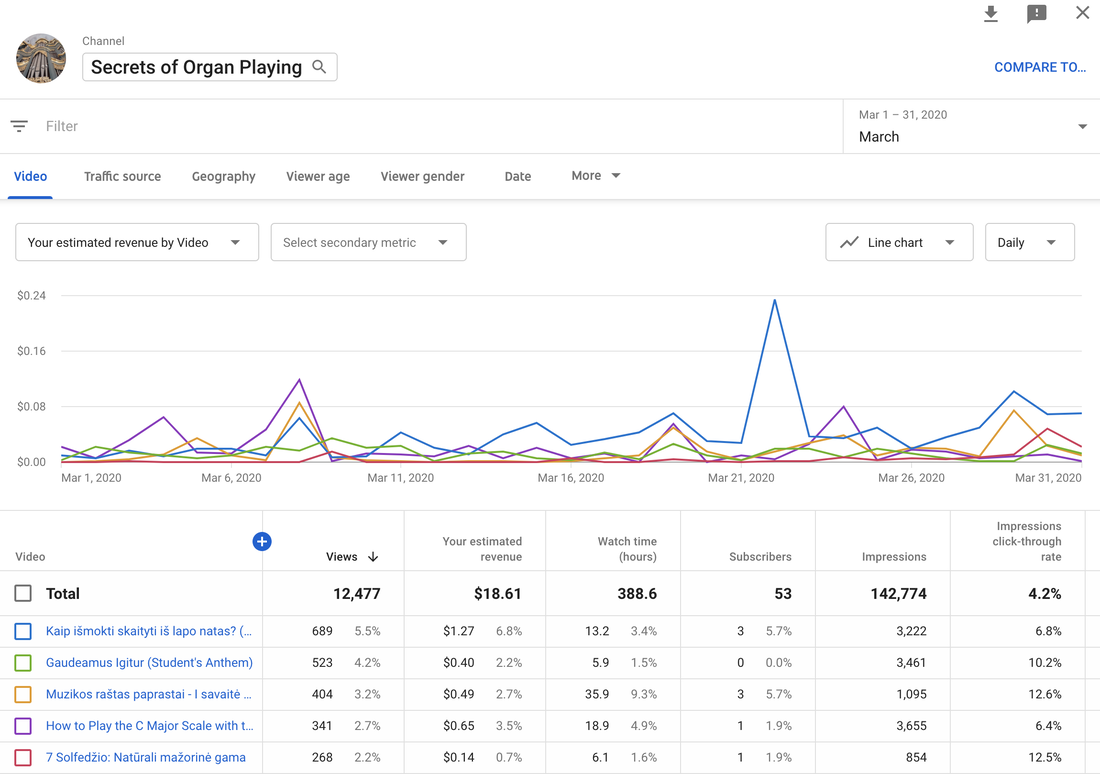
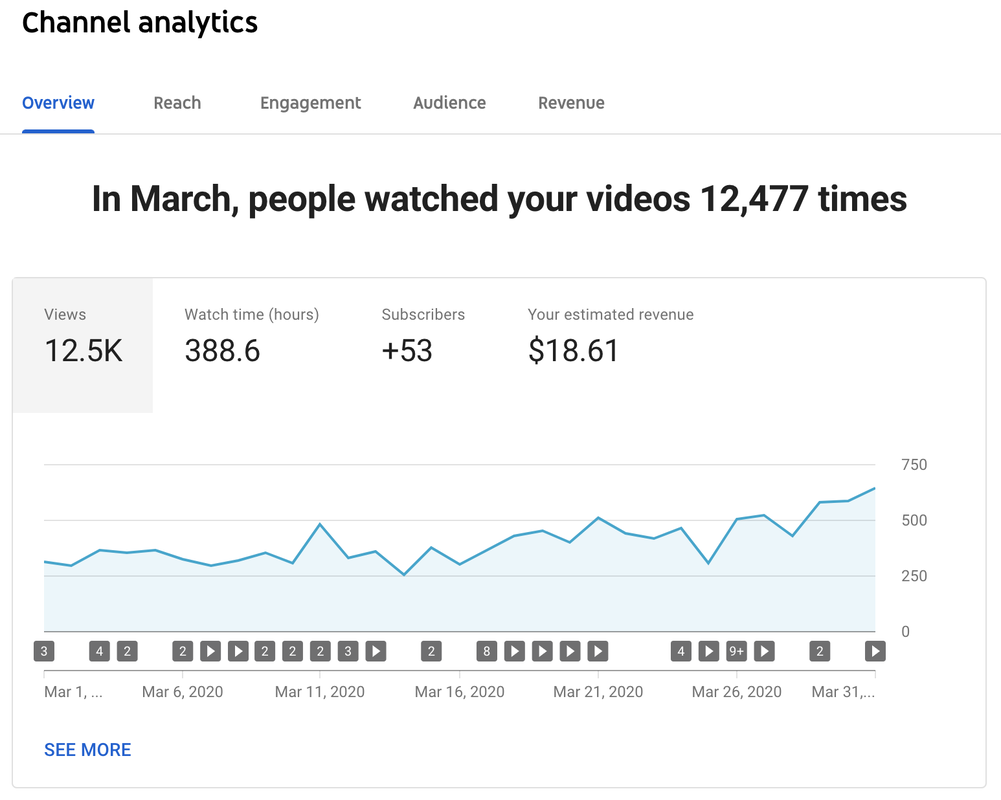
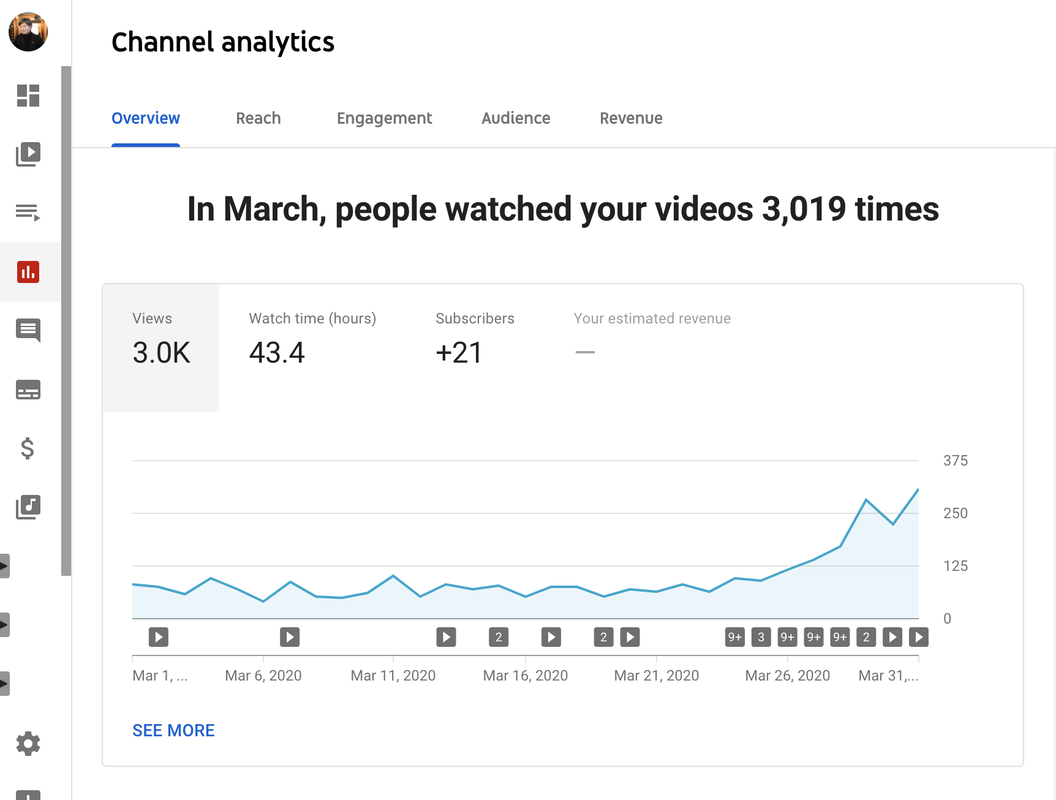




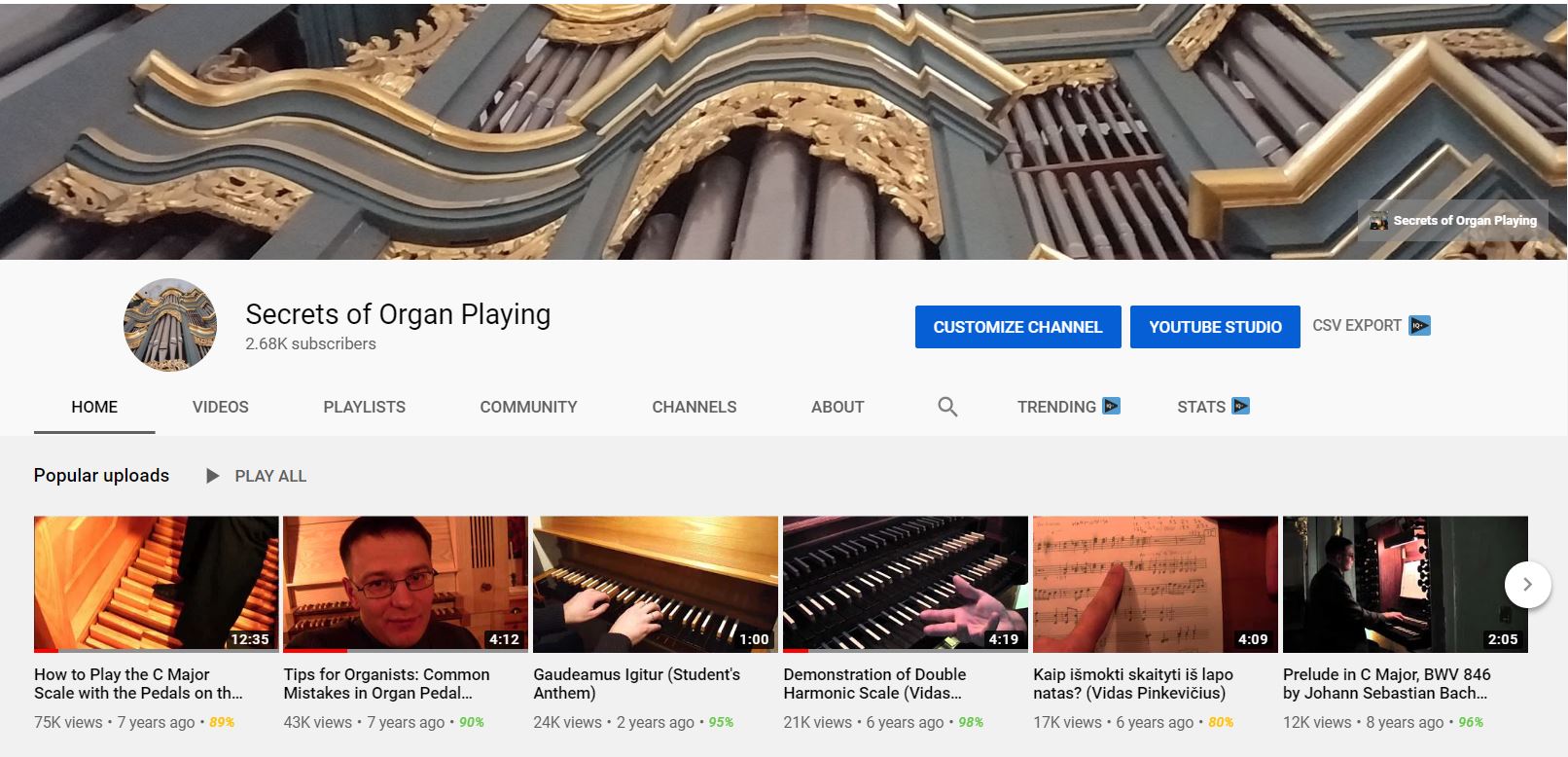



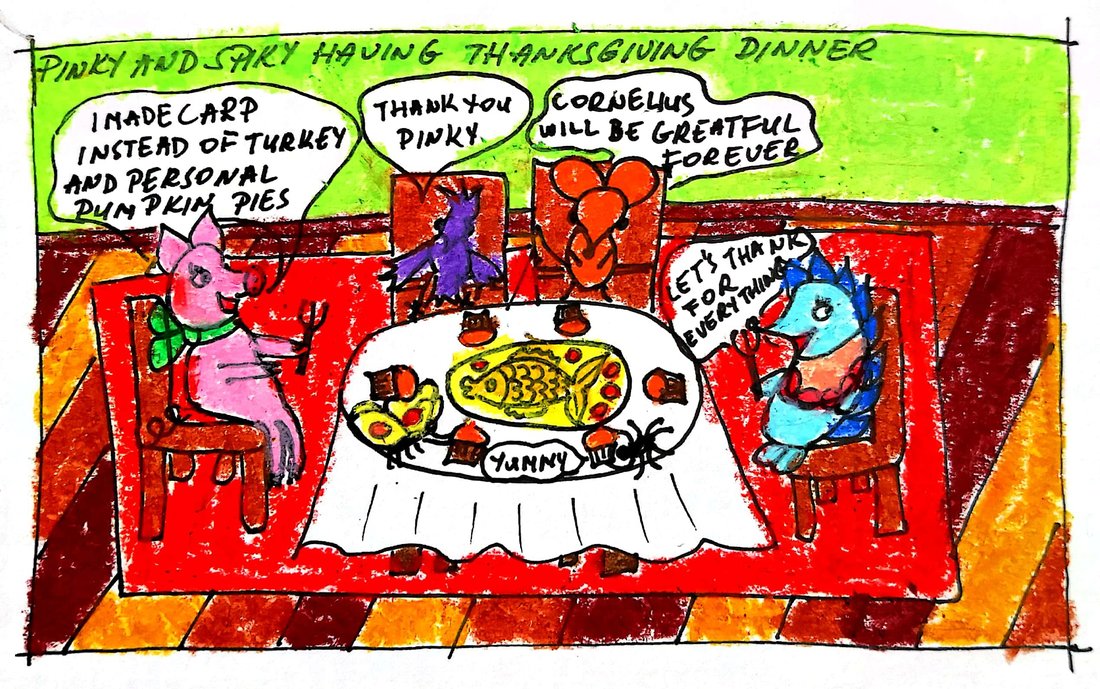





 RSS Feed
RSS Feed